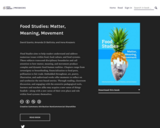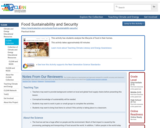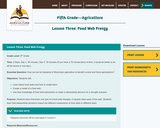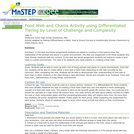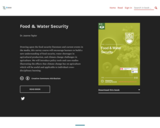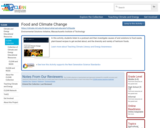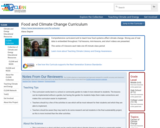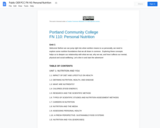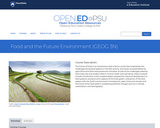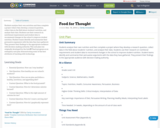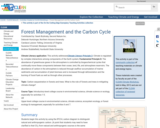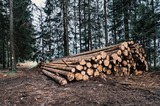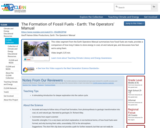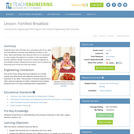
Short Description:
Food Safety, Sanitation, and Personal Hygiene is one of a series of Culinary Arts open textbooks developed to support the training of students and apprentices in British Columbia’s foodservice and hospitality industry. Although created with the Professional Cook, Baker and Meatcutter programs in mind, these have been designed as a modular series, and therefore can be used to support a wide variety of programs that offer training in foodservice skills.
Long Description:
Food Safety, Sanitation, and Personal Hygiene is one of a series of Culinary Arts open textbooks developed to support the training of students and apprentices in British Columbia’s foodservice and hospitality industry. Although created with the Professional Cook, Baker and Meatcutter programs in mind, these have been designed as a modular series, and therefore can be used to support a wide variety of programs that offer training in foodservice skills.
Other books in the series include: Basic Kitchen and Food Service Management Working in the Food Service Industry Workplace Safety in the Food Service Industry Meat Cutting and Processing Human Resources in the Food Service and Hospitality Industry Nutrition and Labelling for the Canadian Baker Understanding Ingredients for the Canadian Baker Modern Pastry and Plated Dessert Techniques
The series has been developed collaboratively with participation from public and private post-secondary institutions.
Word Count: 14360
ISBN: 978-1-998755-12-7
(Note: This resource's metadata has been created automatically by reformatting and/or combining the information that the author initially provided as part of a bulk import process.)
- Subject:
- Career and Technical Education
- Culinary Arts
- Material Type:
- Textbook
- Provider:
- BCcampus
- Date Added:
- 05/15/2015


